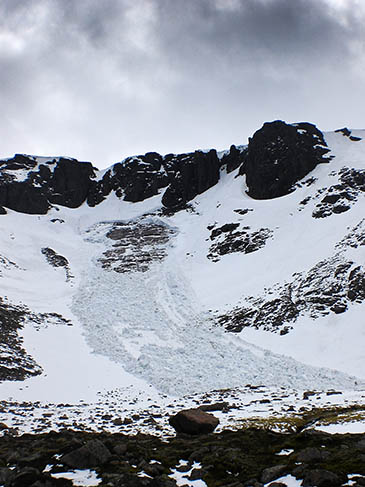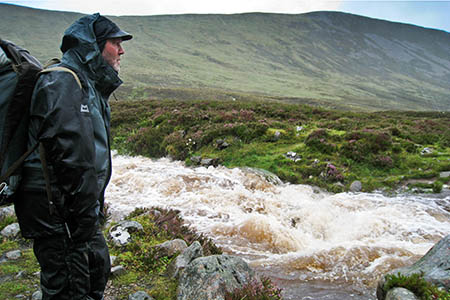It may not feel like it at the moment, with unseasonably mild weather and mountain-tops unfrozen, but it’s winter.
And with the onset of the season, the sportscotland Avalanche Information Service kicks off its reports this week.
The first reports for popular mountain areas will begin tomorrow, allowing mountaineers, ice-climbers and off-piste skiers to make informed choices about where and whether to go.
It means a dedicated band of avalanche experts going out every day, whatever the weather, to carry out assessments of the snow conditions in the northern and southern Cairngorms, Lochaber, Glencoe and Creag Meagaidh.
And, for the first time this year, they will also provide a limited forecast for the Torridon area in the north-west Highlands. A pilot service will start on 24 December and run to 29 December, then run from 1 to 5 January, 10 to 12 January, 31 January to 2 February, and from 14 to 22 February.
Ironically the SAIS launch this year coincides with a substantial thaw which, in itself, poses a variety of safety problems, the Mountaineering Council of Scotland said.
Heather Morning, the council’s mountain safety adviser said anyone heading out to enjoy the Scottish mountains should check both the weather and avalanche forecasts and choose their route accordingly.
She said: “Thawing conditions combined with rain at all levels can often lead to challenging burn and river crossings.
“If you are heading for the hills this week it would be worth paying particular attention to your choice of route as burns may be impassable in spate.
“The temperature may be above freezing, but wind can be a killer, especially if your clothes are wet.
“The cooling effect of the wind on damp skin and clothing is known as windchill.
“Surprisingly windchill is most marked at lower wind speeds up to 15mph and can lead to hypothermia. Adding that extra layer, such as a synthetic duvet jacket, to your winter rucksack in case of emergency is recommended.”
Avalanche reports are available on the SAIS website, with weather forecasts from the Mountain Weather Information Service and Met Office also available online.

